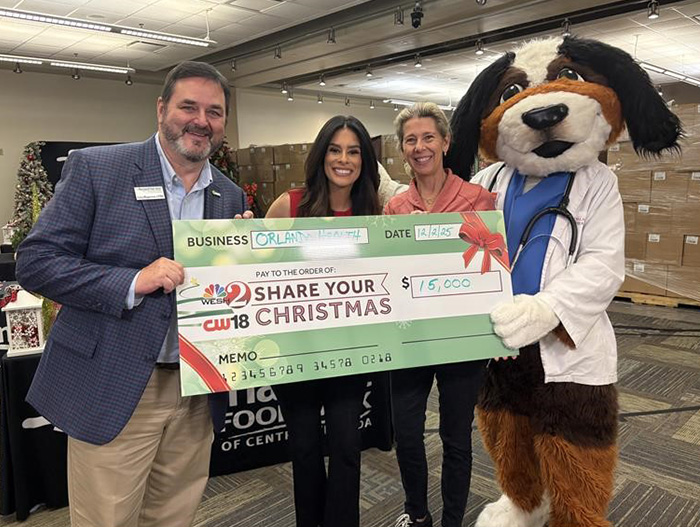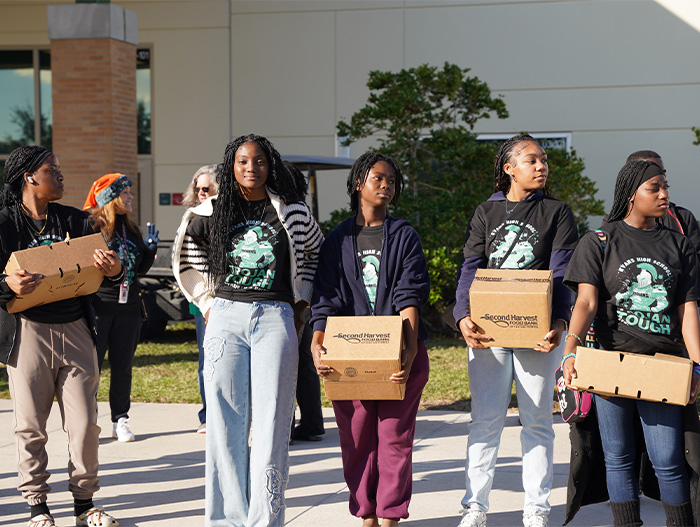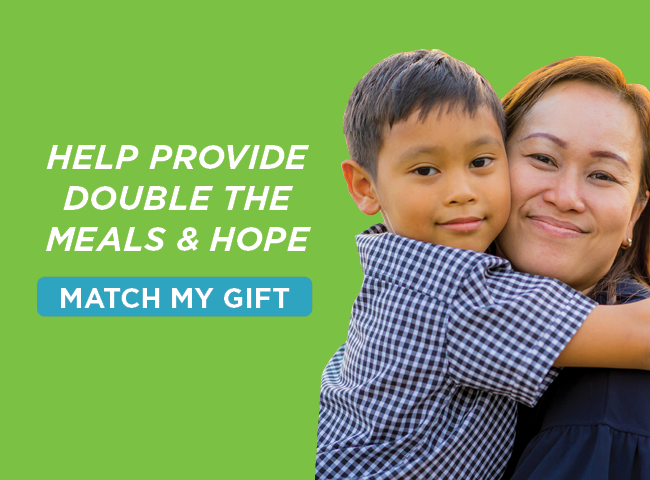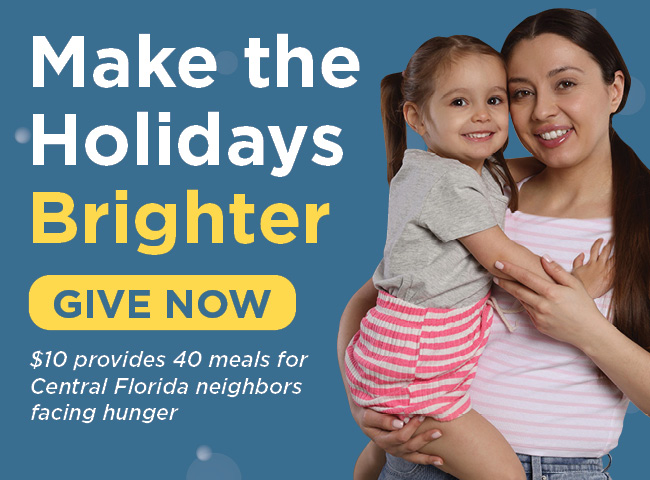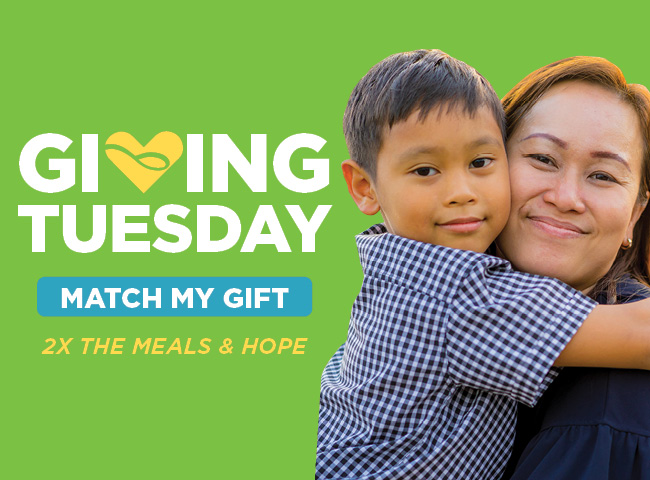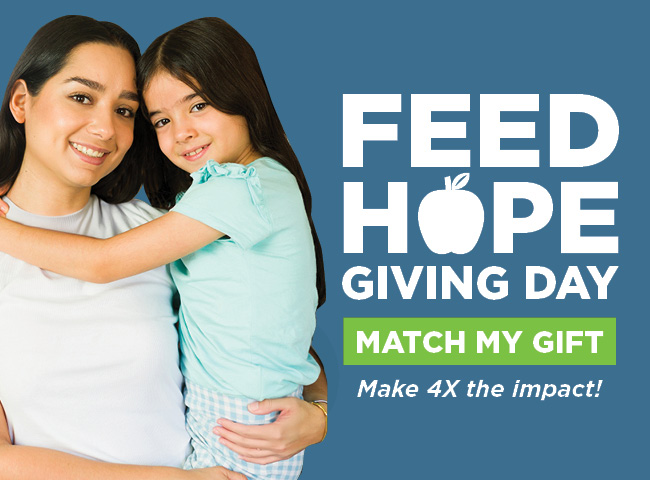Food Distribution
Home : Our work : Feeding Neighbors : Food Distribution
Where Food Comes From
Second Harvest plays a crucial role in the community by rescuing as much excess food as possible and distributing it to people facing hunger. This prevents good, nutritious food from going to waste and provides relief and stability for kids, families and seniors. By collaborating with food growers, producers, distributors, grocers and community food drives, Second Harvest collects this vital resource and distributes it to neighbors through a robust feeding partner network.
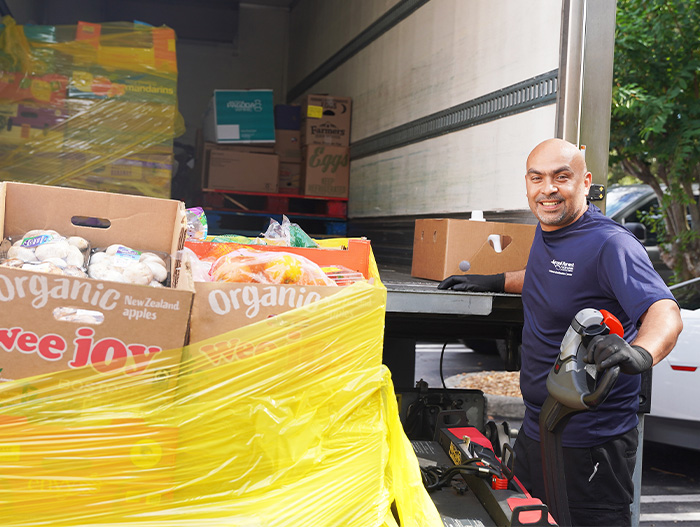
Second Harvest obtains food from a variety of local sources, including farmers, producers, manufacturers, distributors and grocers. Additionally, as a partner food bank of Feeding America and USDA's The Emergency Food Assistance Program (TEFAP), the food bank receives food from outside our community. Due to the heightened demand for food assistance, Second Harvest purchases additional food resources each year to stock its shelves.
Where Food Goes
Once food donations are received, the real work begins. Thousands of volunteers converge at Second Harvest to sort and pack food for distribution. This massive effort, combined with an extensive network of feeding partners and programs, ensures that nutritious food reaches neighbors facing hunger across seven Central Florida counties.
Second Harvest utilizes a variety of hunger relief solutions to get food out into the community and into the hands of neighbors facing hunger. The food bank distributes non-perishable, fresh, and frozen foods through a network of non-profit feeding partners, mobile distributions, childhood nutrition programs and home deliveries.
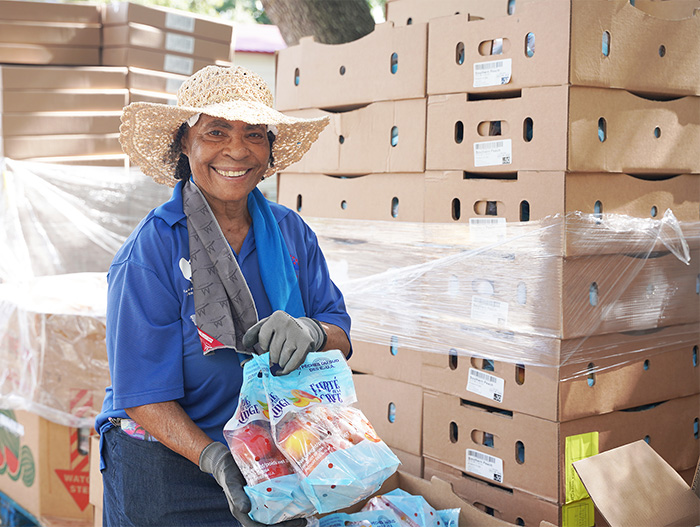
From Source to Table
Feeding Partners
A network of 870+ food pantries, community meal programs, emergency shelters, senior centers, and daycares works together to ensure nutritious food reaches the neighbors facing hunger in a safe and efficient manner.
Feeding partner locations are spread out across seven counties in Central Florida to provide convenient access to food resources.
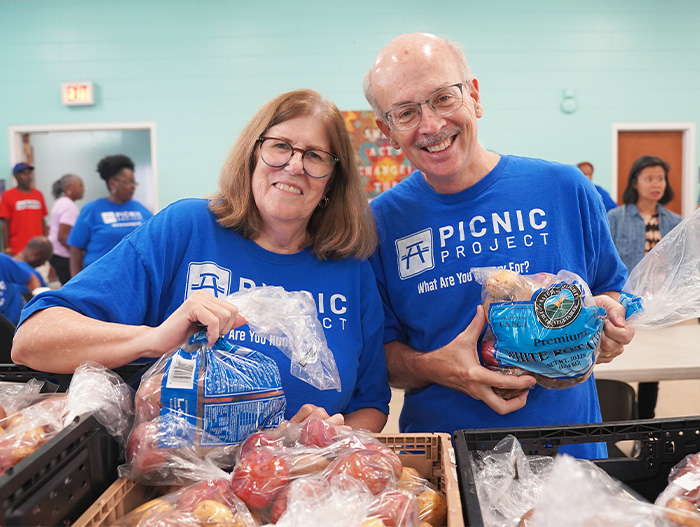
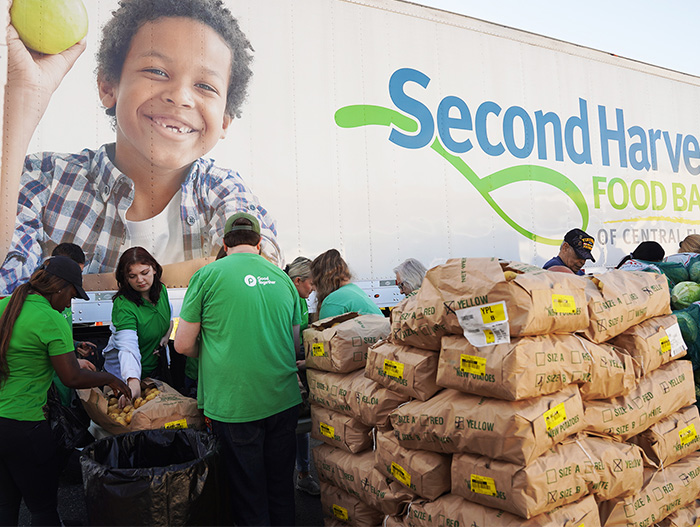
Mobile Distribution
Mobile distribution is a unique and effective way to distribute thousands of pounds of food in a few short hours. A semi or box truck is filled with non-perishable groceries and fresh food, which is then driven to a rural community or area of high need. A feeding partner hosts the distribution in a parking lot at a local church, community center, stadium or school. Volunteers help by unloading, packing and distributing food to several hundred families within a few hours.
Home Delivery
Transportation can be a barrier to accessing nutritious food for homebound individuals, seniors, people with a disability, veterans and neighbors living with healthcare challenges. Two different solutions help neighbors access the nutritious food and meals they need.
The first is grocery delivery. Non-perishable groceries and fresh produce are delivered to a neighbor's doorstep, eliminating the transportation barrier. The other option is medically tailored meals, which are prepared at Mercy Kitchen and delivered to a neighbor's home. These meals adhere to each individual's healthcare and dietary needs and can be easily reheated at home.

Stories of Hope
Real Stories. Real Impact.
Meet the neighbors, partners and volunteers who bring our mission to life. These stories highlight how your support helps fight hunger, fuel futures and strengthen communities
— one meal at a time.

